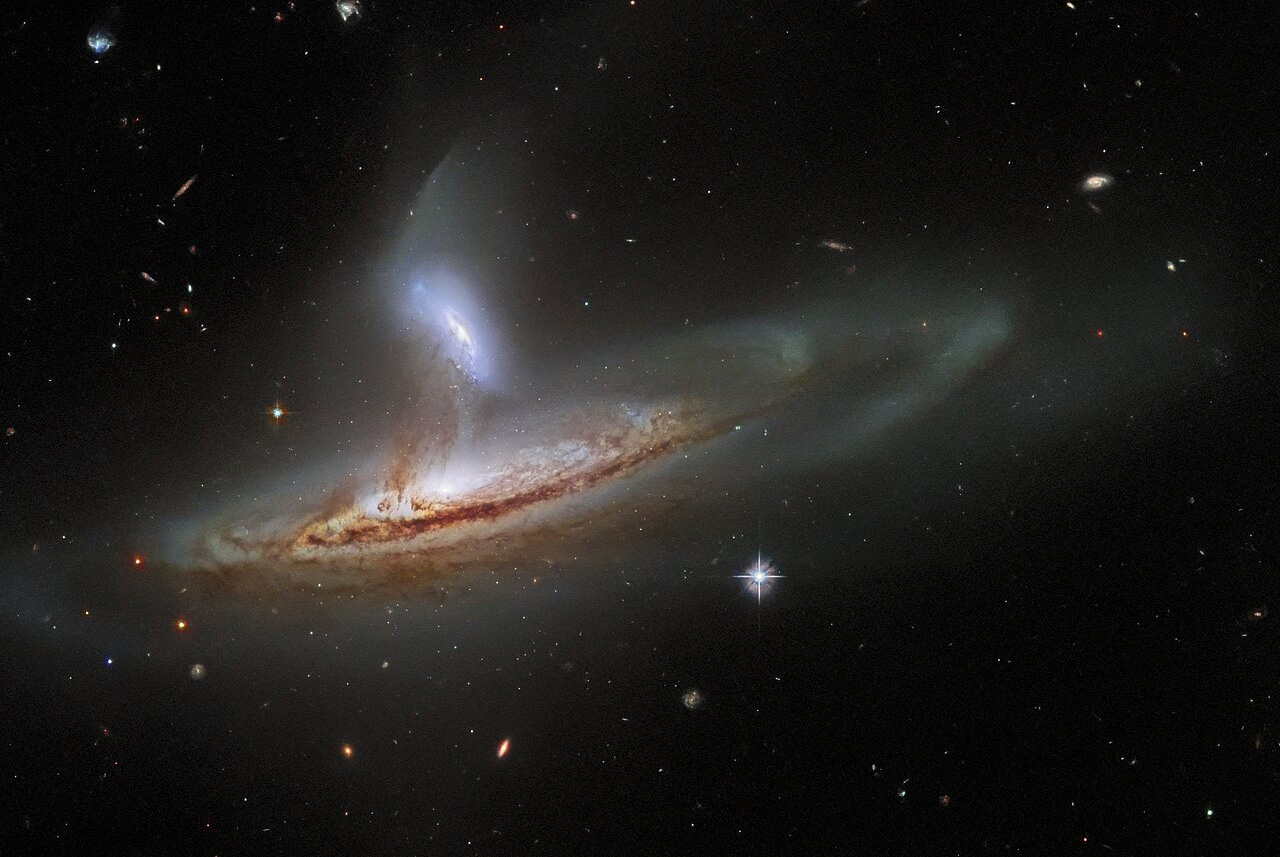It is not without precedent in the history of science that the analysis of previous observational data leads to new and important discoveries. This happened again with the processing and reinterpretation of the 1986 detection data of the legendary Voyager 2 spacecraft.
A strange anomaly indicates hidden oceans
Launched on August 20, 1977, Voyager 2 is one of five man-made instruments capable of leaving the solar system and flying into interstellar space – it approached Uranus, the fourth largest planet in the solar system, in January 1986.
It captured a total of 8,000 high-resolution images of the bluish-hued gas giant and its moons, the most detailed and best images of Uranus and its system to date.

Not only did Voyager 2 take pictures, it also took various detailed measurements using its onboard instruments.
Measurements have identified a very strange phenomenon:
The mass of charged particles trapped in large clumps in certain regions of Uranus’ magnetosphere. These charged particles should have spread out according to the laws of physics, but instead they accumulated in the planet’s equatorial region, near the orbits of two larger moons of Uranus, Ariel and Miranda.

In the late 1980s, this anomaly was thought to indicate a flow of high-energy electrons from a source similar to magnetic storms in Uranus’ magnetic field.
However, the attractive explanation had many problems that could not be solved for several decades.
A detailed analysis of Voyager 2’s measurements showed that these high-energy electrons are concentrated around the moons Ariel and Miranda.

Voyager 2 also detected similar anomalies in the space around Saturn, which we now know — thanks to the Cassini spacecraft mission — can be traced back to a watery ocean hidden beneath the ice cap of Enceladus, or more specifically to geysers piercing through the thick ice. A similar observation led to the discovery of a vast hidden ocean on Jupiter’s moon Europa.
It’s an intriguing question what the icy world of Uranus’ moons might hide
Astronomer Ian Cohen, researcher at the Johns Hopkins Applied Physics Laboratory a Science alert He told a science portal that it has long been suspected that measuring high-energy particles and magnetic fields is an area of outstanding importance not only for understanding the space environment, but also for planetary research.
It is not without precedent that the measurement of high-energy particles leads to the discovery of an oceanic world.”
– stated Ian Cohen, referring to the earlier discovery of the oceans of Enclaides and Europa. Voyager 2’s measurements show the same pattern seen on Encledus and Europa.

All this clearly indicates that the number of oceans discovered so far in the solar system could be increased by two more oceans outside the Earth; With oceans of Ariel and Miranda.
The fact that liquid water is not only a privilege for Earth within the solar system sheds new light on the possibilities of extraterrestrial microbial life.

The presence of water on Ariel has also been confirmed by infrared spectral measurements, which have revealed crystalline water ice on the lunar surface. From Ariel’s size and composition and the presumed presence of dissolved salts and ammonia – which lower the melting point of water – it can be inferred that two layers may separate beneath Ariel’s surface, one a rocky core and the other the overlying water ice. or liquid water.

The formations visible in Miranda, with its fragmented surface, could be caused by the massive mass of water ice gushing from the depths.
This motion is caused by the tidal effect, which in turn also produces heat.
This is why it is very likely that liquid water is also present beneath Miranda’s surface.
This will be the most exciting space exploration project in the near future
According to our current knowledge, water is one of the prerequisites for the development of life. For a long time, we’ve known that this essential ingredient for life exists in greater quantities only on Earth.

Although, based on the latest results of Mars research, we can assume that liquid water was present in greater quantities on the Red Planet in the distant past as a catalyst for the formation of lower Martian life, most likely we can only look for traces. From past life on Mars.

On the other hand, even the four moons of the solar system appear to be suitable terrain for the supposed existence of microbial life. That is why the most exciting space research project in the future will be the most comprehensive exploration of the four water-bearing moons of the solar system.
(source: Science alert)












































